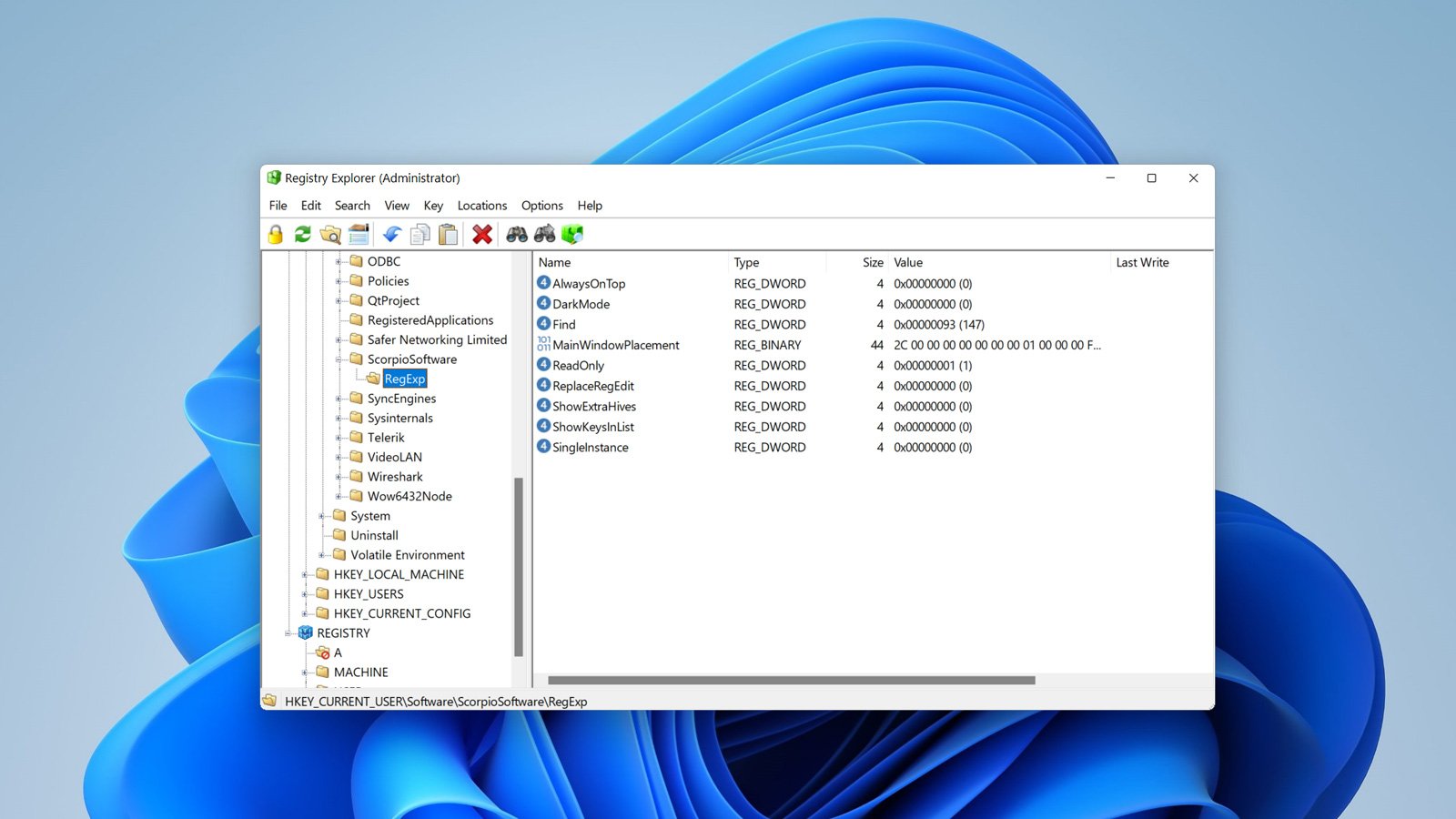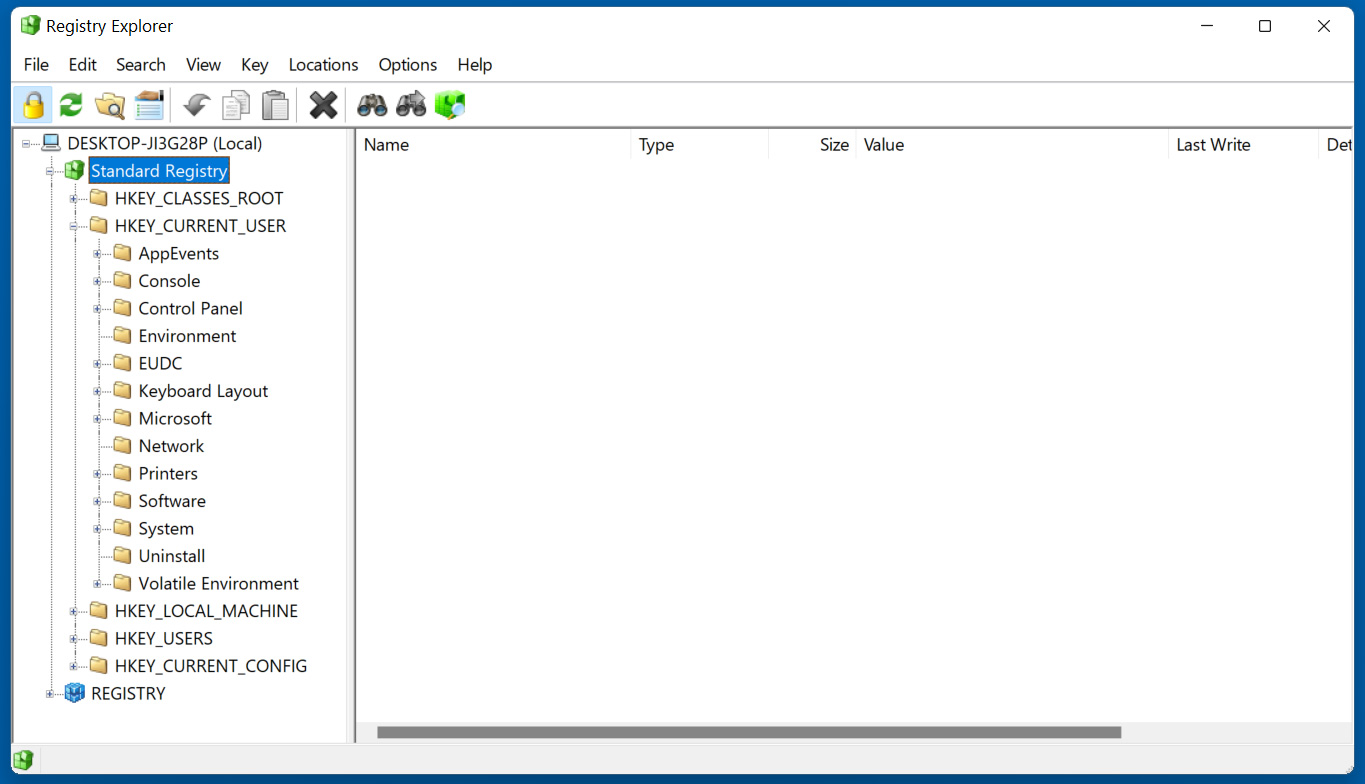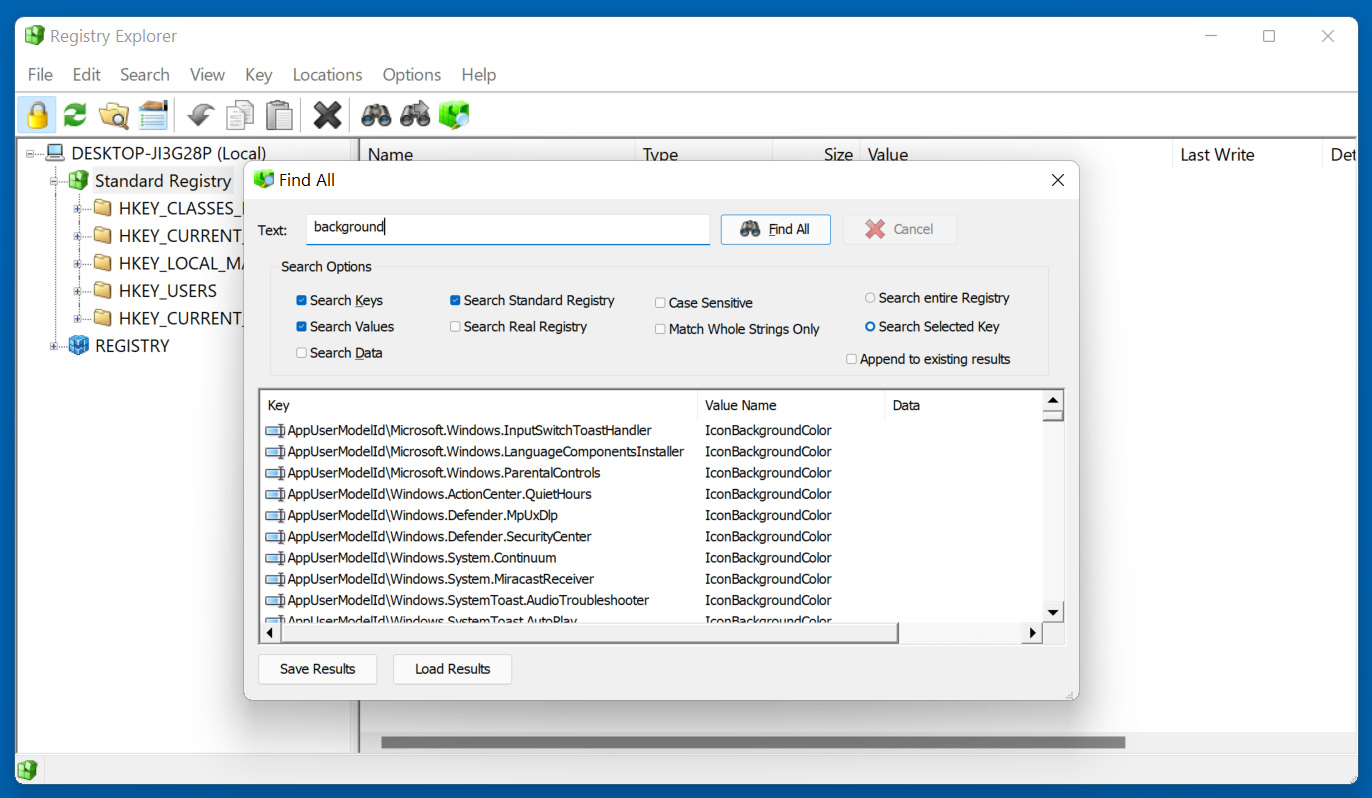
Last week, a new open-source Registry Editor was released that puts Windows Regedit software to shame by supporting a host of advanced features, making editing the Registry easier than ever.
The Windows Registry is a centralized, hierarchical database used by the operating system to store system settings, hardware configurations, and user preferences.
If you are a Windows administrator or power user, then you have likely made changes to the Registry at one point using Windows built-in Registry Editor (regedit.exe) to fix a bug or tweak a configuration setting.
However, Microsoft has not made many changes to the Registry Editor over the years to modernize the application, and many useful features are missing that people may want.
Enter Registry Explorer
Last weekend, Windows Internals expert Pavel Yosifovich released a program called Registry Explorer that aims to modernize the registry editor with a slew of new features.
Registry Explorer was released as an open-source project on GitHub. Still, for those who do not want to compile the program, Yosifovich has also released a precompiled beta version that can be downloaded and launched immediately.
After running Registry Explorer, you will be greeted with a view of all the Registry hives, which users can expand to see their subkeys and values just like the standard Windows Registry editor.

However, where the program shines is an included dark mode, the ability to copy and paste keys and values to different locations, an undo changes button, and an advanced search feature.
Registry Explorer's search feature is far more advanced than regedit's as it allows you to find and display all search results in a single dialog box, as shown below. You can then look through the search results and double-click an entry to open that Registry key or value automatically.

Making the wrong change to the Registry could cause Windows not to operate correctly, Registry Explorer starts in a 'Read Only Mode' that prevents you from making changes until the mode is turned off.
A full list of features in Registry Explorer are listed below:
- Show real Registry (not just the standard one)
- Sort list view by any column
- Key icons for hives, inaccessible keys, and links
- Key details: last write time and number of keys/values
- Displays MUI and REG_EXPAND_SZ expanded values
- Full search (Find All / Ctrl+Shift+F)
- Enhanced hex editor for binary values
- Undo/redo
- Copy/paste of keys/values
Even better, if you find you really like Registry Explorer, you can configure it to automatically replace the Windows Registry editor and be the default file handler for .reg file.
If you find yourself constantly editing the Windows Registry, searching for values, or exporting your configuration to .reg files, then I strongly suggest you give Registry Explorer a try as you will likely find many of the features very useful.
To try Registry Explorer, you can visit the project's GitHub page.

.jpg)
Comments
xXHelperXx - 2 years ago
Look amazing. thank you for publish this.
zzz242 - 2 years ago
My favorite registry editor for many years has been Registry Workshop (http://www.torchsoft.com/en/rw_information.html). It has almost all the features of Registry Explorer, lacking only the "key details" and "real registry" features. However, it has all the other features mentioned in a similarly user-friendly interface, and it has many other features as well. (See "Key Features" in the link above for a description of them.) The one I find the most useful is a "Favorites" feature, which provides essentially the equivalent functionality of a browser's Favorites or Bookmarks facility.
The biggest drawback to Registry Workshop is that unlike Registry Explorer, it's not free; it costs $30. Those who use the registry a lot may find it worth the price, though.
TsofT - 2 years ago
Wow, I figured the reason regedit has not been updated over the years is because nobody really has a need to use it that often. About the only feature I have wished to have in regedit is the ability to copy/paste a full registry path (like from a text file or off a web page) and have it go directly to that key. Normally you have to sit there carefully reading the path then clicking through each level after level after level of junk before finally getting to where you want to be. Very annoying.
Broni - 2 years ago
When I try to run the program I'm getting an error about vcruntime140.dll missing while the file is there.
Cpyder - 2 years ago
That sounds like C++ 2010 SP1 needs to be installed or repaired....
Broni - 2 years ago
They just fixed dll issue in the newest update.
NickL2021 - 2 years ago
This is a stupid recommendation. This app offers nothing new on top of the native regedit. Its installer is legacy, and all your links need to be compiled. If you go to their dl page, its links are broken too.
The latest regedit on win10 20h2+ has more features this doesnt. Like favorites, address bar to name 2.
xrobwx71 - 2 years ago
"This is a stupid recommendation. This app offers nothing new on top of the native regedit. Its installer is legacy, and all your links need to be compiled. If you go to their dl page, its links are broken too.
The latest regedit on win10 20h2+ has more features this doesnt. Like favorites, address bar to name 2."
Try this https://github.com/zodiacon/RegExp/releases/download/v0.71/RegExp.exe